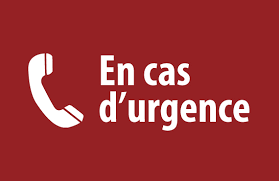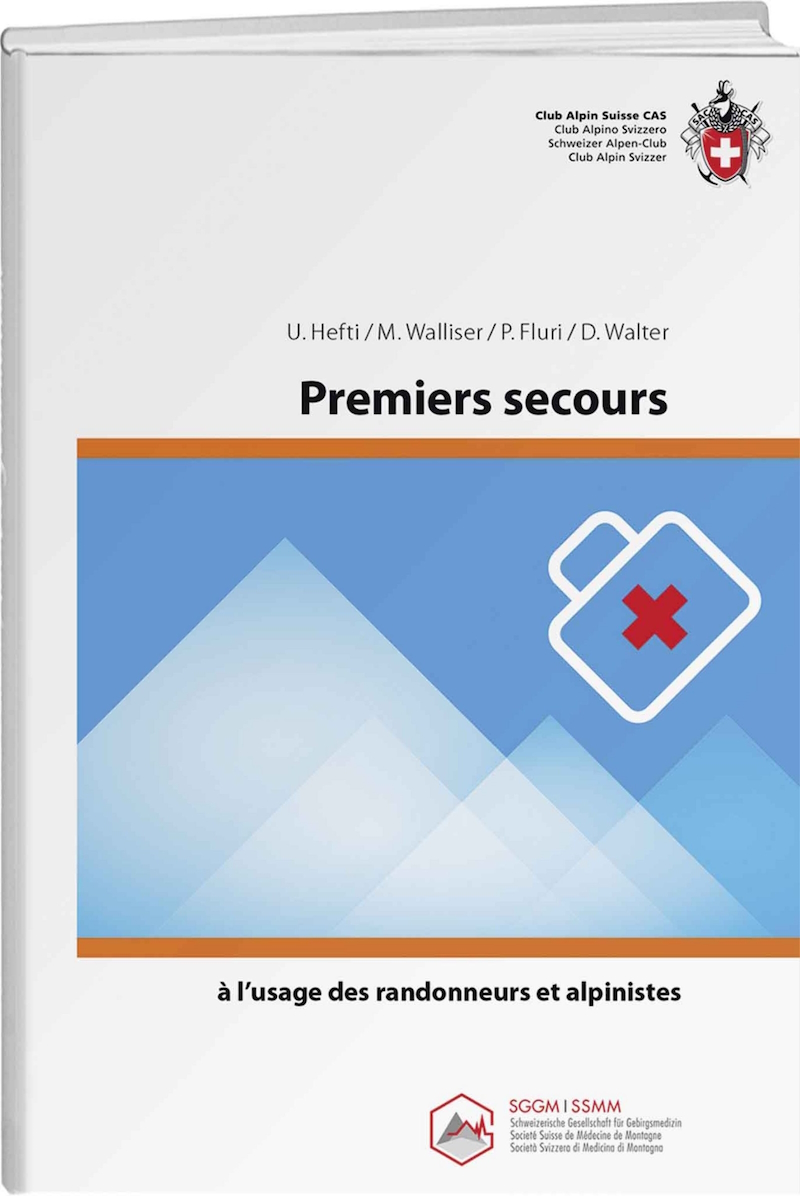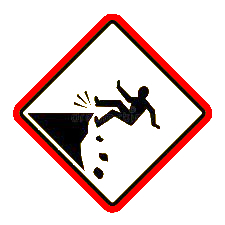There are two possible solutions: go and get help or wait on the spot. It’s not always an easy decision.
If there are three or more people in the group, one of them stays with the injured person and the other(s) go off to find help.
But be careful, the decision must be carefully considered.
You need to know whether the person who stays alone with the injured person can cope with the night, the cold, the loneliness and the anguish of having to look after his or her companion in misfortune.
You also have to ask yourself whether the person or persons setting off into what could be dangerous terrain are taking unreasonable risks.
In the case of a two-person rope party, the rescuer must stay with the injured person, even if the latter is only slightly injured. It is therefore important to know how to use the various distress signals.
If the accident has taken place near to an inhabited area, the companion may be able to go for help, provided he takes a number of precautions.
He ties up the injured person to secure him and to avoid any careless movements; he leaves him food, drink and clothing; he informs him of his destination and how long he thinks he will be away.
The place will be marked with a cairn and the location carefully identified. In any case, the absence should not exceed two to three hours.






